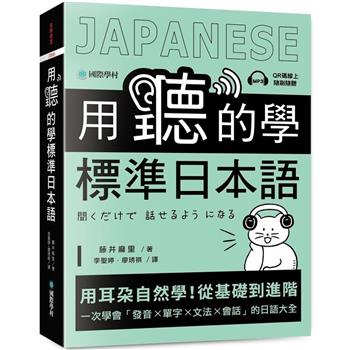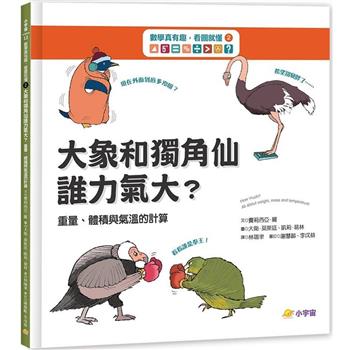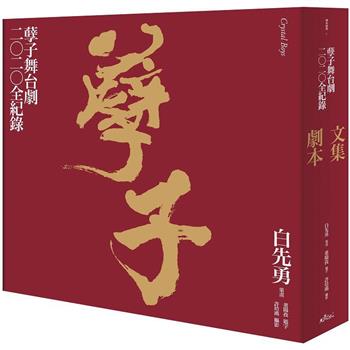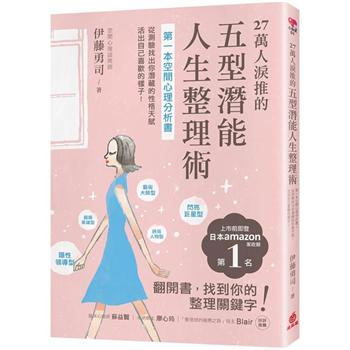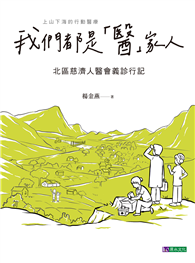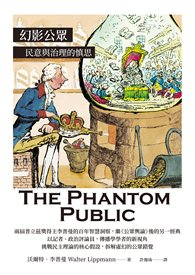| FindBook |
|
有 1 項符合
Inha Jung的圖書 |
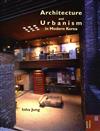 |
$ 1248 ~ 1469 | Architecture and Urbanism in Modern Korea
作者:Inha Jung 出版社:香港大學出版社 出版日期:2013-05-01 語言:繁體書  共 3 筆 → 查價格、看圖書介紹 共 3 筆 → 查價格、看圖書介紹
|
|
|
Although modernization in Korea started more than a century later than in the West, it has been a prominent ideology throughout the past century—bringing radical changes to Korean architecture and cities. Traditional structures and ways of life have been thoroughly uprooted in modernity’s continuous negation of the past. This book presents a comprehensive overview of architectural development and urbanization in Korea within the broad framework of modernization.
Twentieth-century Korean architecture and cities have been forged by three distinctive periods. The first, defined as colonial modern, occurred prior to 1945, when Western civilization was transplanted to Korea via Japan, and a modern way of life, albeit distorted, began taking shape. Between 1961 and 1988 (the so-called developmental dictatorship period), the explosive growth of urban populations resulted in large-scale construction booms, and architects delved into modern identity through the locality of traditional architecture. The last period began in the mid- 1990s and may be defined as one of modernization settlement and a transition to globalization. With city populations leveling out, urbanization and architecture came to be viewed from new perspectives.
Inha Jung identifies continuities that have been formed by longstanding relationships between humans and their built environment and, despite rapid modernization, are still deeply rooted in the Korean way of life. In the twentieth century, regionalism exerted a great influence on Korean architects. Various architectural and urban principles that Koreans developed over a long period while adapting to the natural environment have provided important foundations for architects’ works. By exploring these sources, this carefully researched and amply illustrated book helps to define modern identity in Korea’s architecture, housing, and urbanism.
作者簡介:
Inha Jung is a critic, historian, and professor of architecture at the Hanyang University, ERICA Campus.
- 作者: Inha Jung
- 出版社: 香港大學出版社 出版日期:2013-05-01 ISBN/ISSN:9789888208029
- 語言:繁體中文 裝訂方式:平裝 頁數:208頁
- 類別: 中文書> 歷史地理> 史學理論
|
